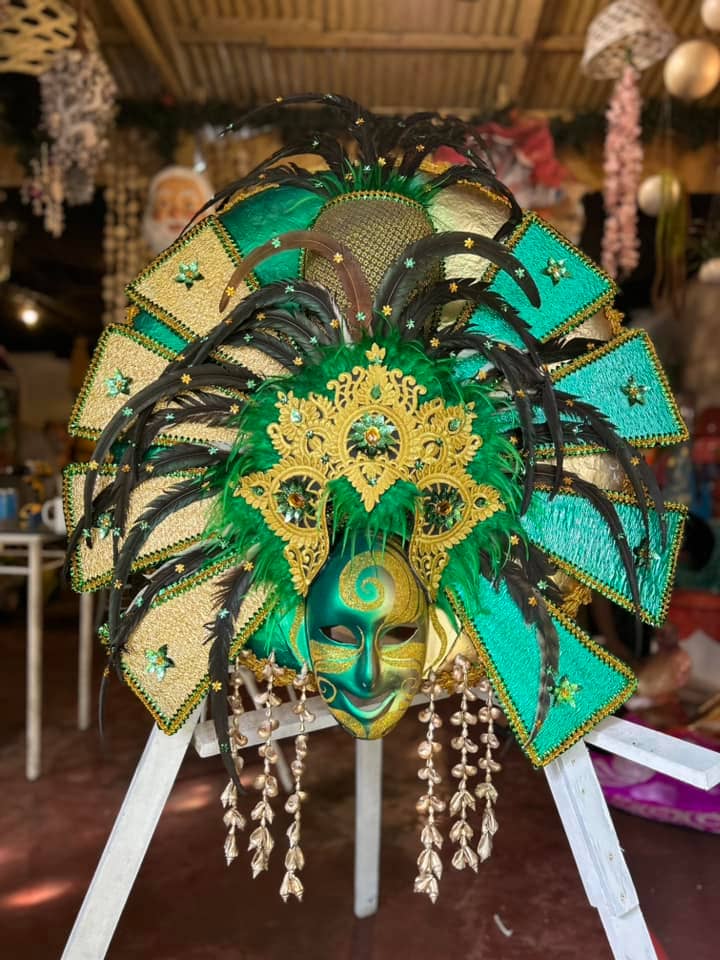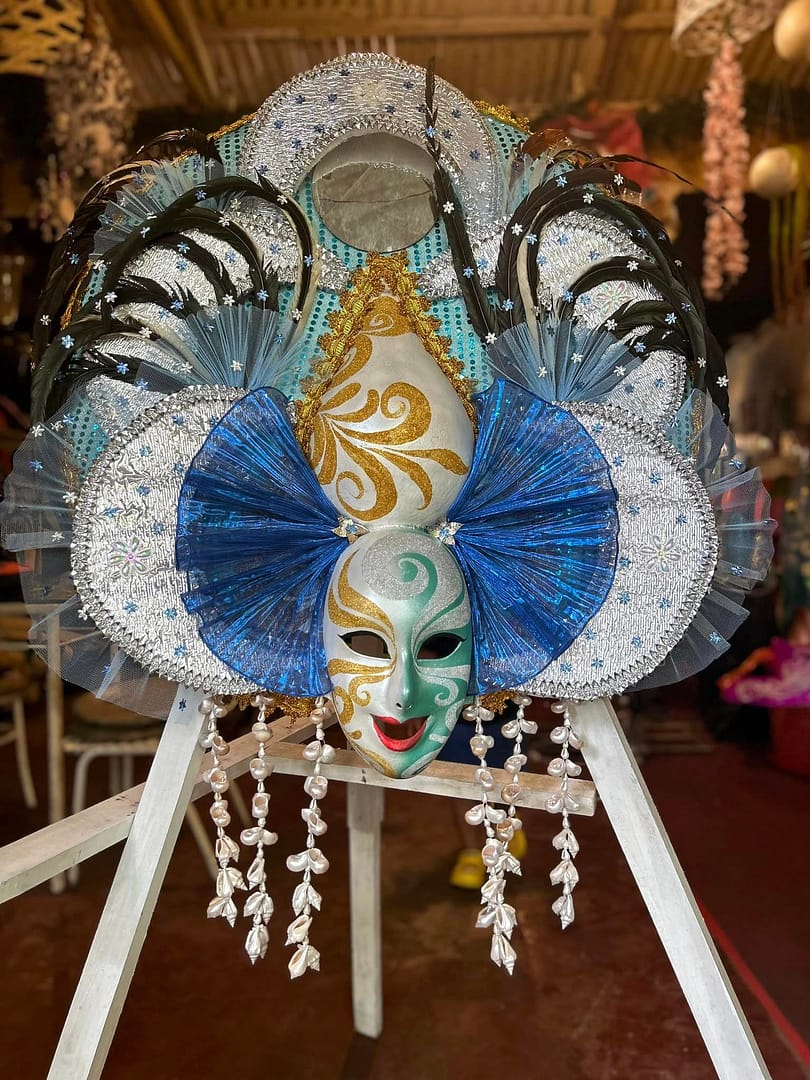“Weaving dreams”, the theme of the recently concluded Manila Fame International at SMX, Mall of Asia last October 16-19,2011.The theme for the October Manila FAME International is symbolic: while weaving is connecting one twine to another, one thread to another to create a work of art, the Manila FAME International is a story of connections and dreams, bringing together three major sourcing events in furniture and furnishings, holidays and gifts, and fashion.
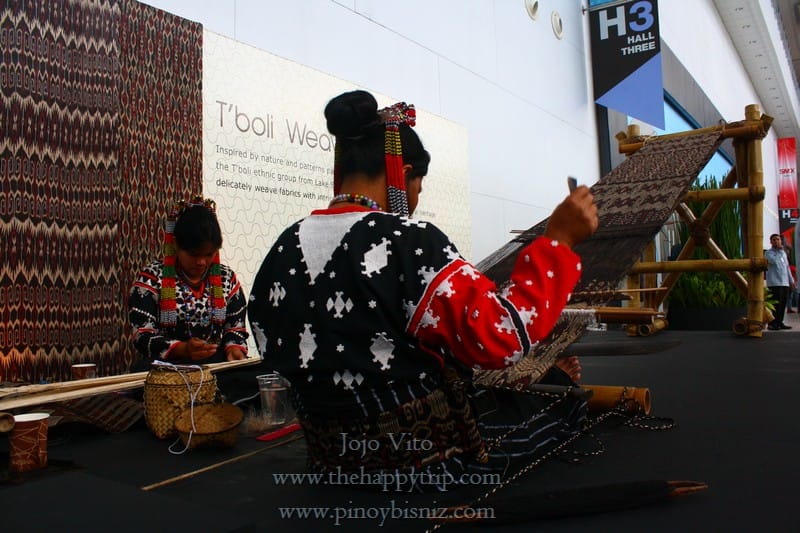
Deeply rooted in tradition. The art of hand weaving is one of the most important crafts in the Philippines, handed down from generation to generation. It takes on another dimension with the T’boli weavers of Lake Sebu, Cotobato, who are called “Dreamweavers”. They create designs acquired from patterns made by earlier generations and from the recollection of dream. These Dreamweavers gracefully work the abaca, transforming dreams both past and present, into wondrous works of indigenous art.(www.manilafame.com)
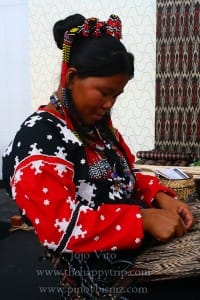
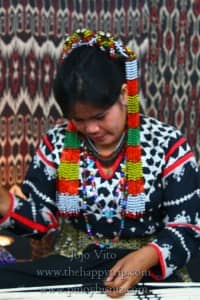
T’nalak has great significance for the T’Boli. According to T’boli tradition, the T’nalak designs have been passed down through generations and come to the best weavers in dreams, brought to them by their ancestors. T’nalak weavings are one of the traditional properties exchanged at the time of marriage and is used as a covering during birth to ensure a safe delivery. The T’Boli believe that the T’nalak is infused with spiritual meaning, and as such there are a variety of traditions surrounding its production and use. One should not step over a weaving in progress, and doing so is to risk illness. Cutting the cloth will cause sickness or death, unless done according to traditions. If a weaving is sold, a brass ring is often attached to appease the spirits. And while weaving a T’nalak, T’boli women practice abstinence in order to maintain the purity of their art.
The T’boli have a variety of other traditional products. The skills inherent in production of these T’boli products are highly valued, and as such many women learn each from their mothers and grandmothers. The T’boli are excellent embroiderers and brass casters, with their products prized well beyond the borders of their community. T’boli jackets are a sought after fashion accessory with high society women in Manila, for example. They also are known for their bead jewelry and wood carving. Rounding out these cultural practices are a rich tradition of dancing, singing and instrument playing, and T’boli musicians and dancers have performed at major events around the world.





